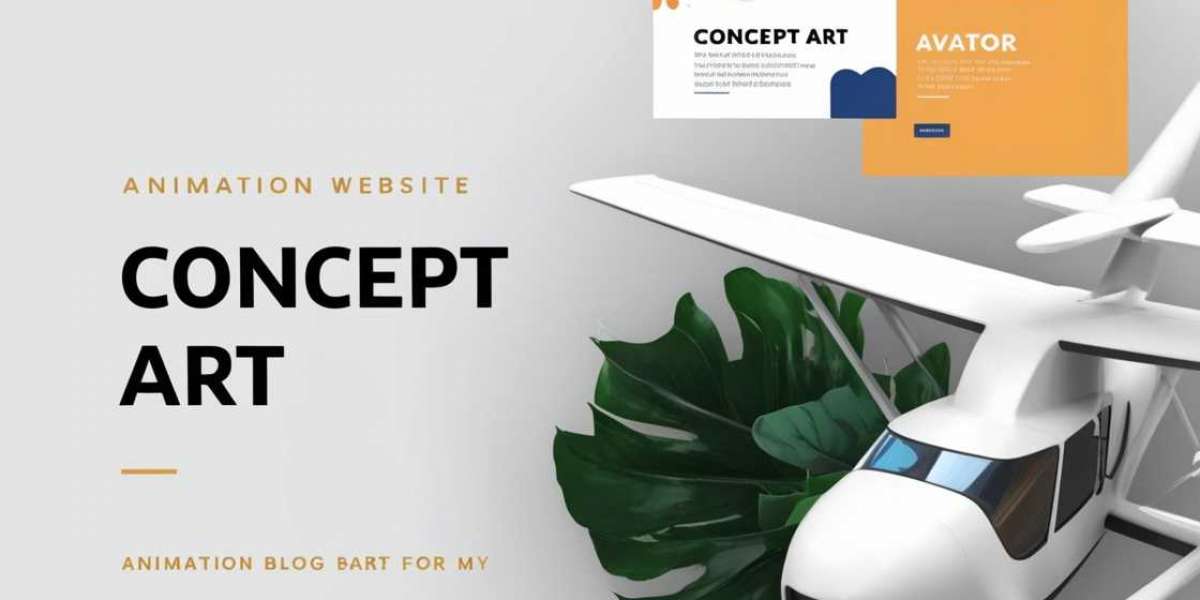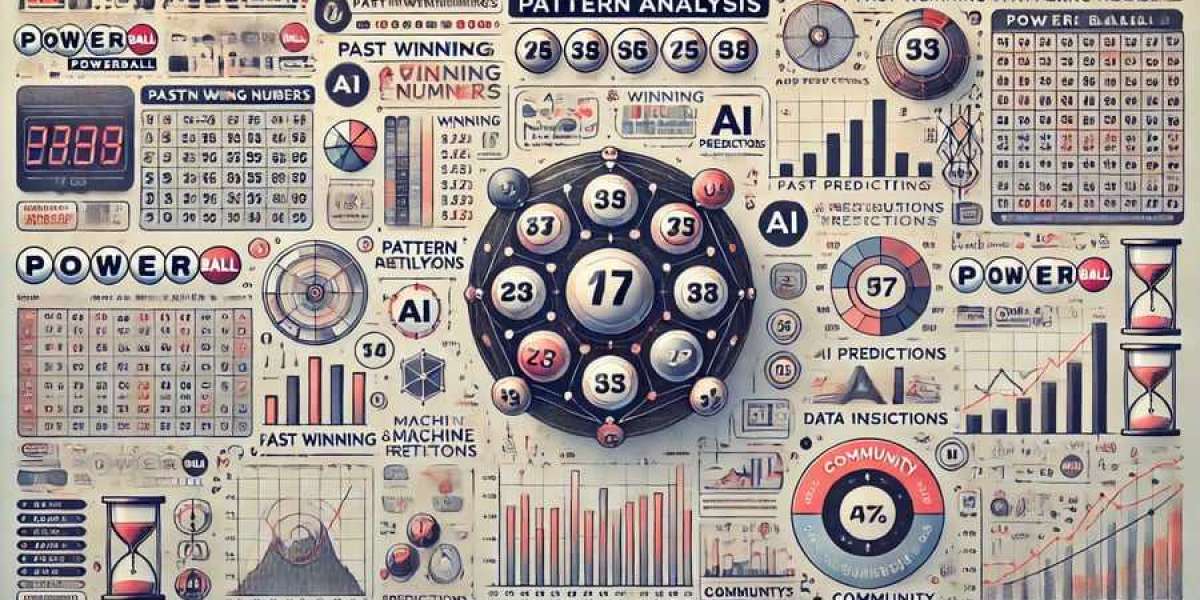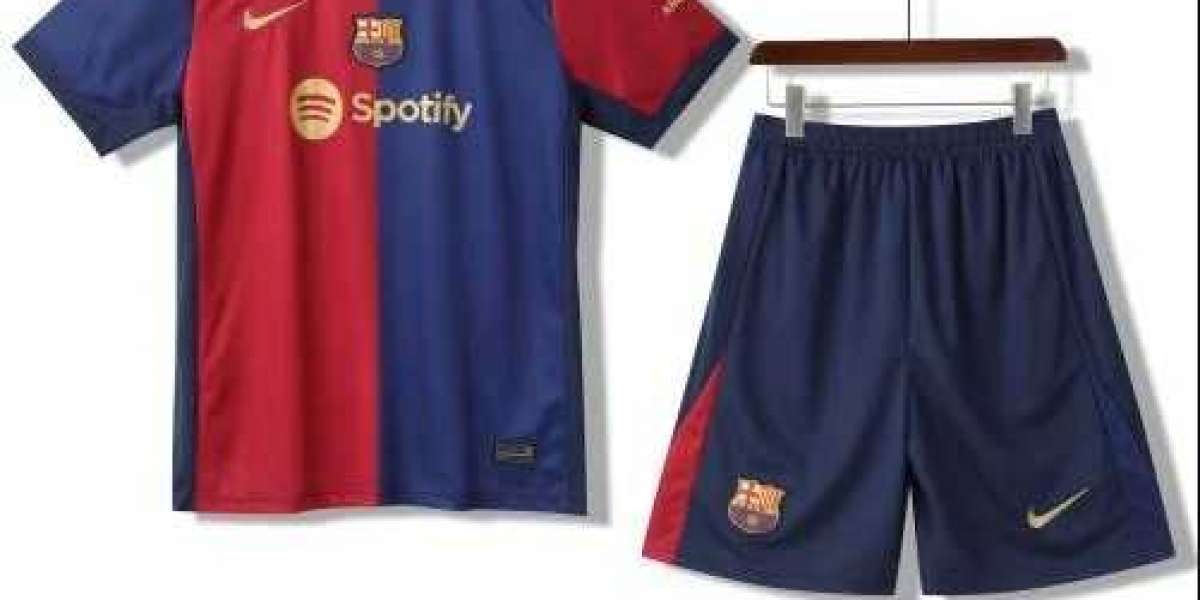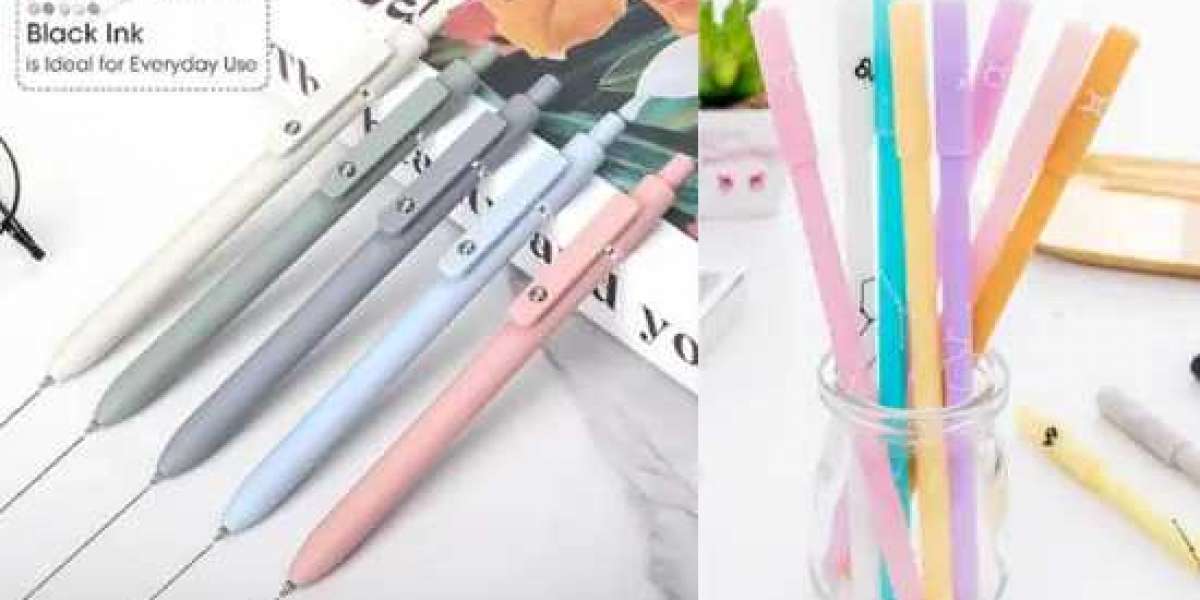The Role of Tools in Concept Art
Before delving into specific tools, it’s important to understand why they are essential for concept artists. Tools help artists translate their creative ideas into visual formats, allowing them to communicate their visions effectively. Whether working on character designs, environment layouts, or prop illustrations, the right tools can enhance productivity, foster creativity, and improve the quality of the artwork produced.
Key Areas of Concept Art
Concept artists typically work in several key areas, each requiring different tools:
- Character Design: Creating unique and appealing characters that fit the project's vision.
- Environment Design: Crafting immersive landscapes and settings that enhance storytelling.
- Prop Design: Designing objects and items that characters will interact with or use.
- Visual Development: Establishing the overall aesthetic and mood of the project.
Each area may call for specific tools, which we will examine in detail.
Traditional Tools for Concept Artists
While digital tools dominate the concept art landscape today, many artists still value traditional mediums. Traditional tools provide a tactile experience that can be beneficial for brainstorming and initial sketches.
1. Sketchbooks and Paper
Every concept artist needs a reliable sketchbook. Sketchbooks are perfect for brainstorming ideas, sketching rough concepts, and practicing drawing skills.
High-Quality Sketchbooks: Look for sketchbooks with thick paper that can handle various media, such as graphite, ink, or markers.
Drawing Paper: Artists may also use loose sheets of paper for final sketches or detailed illustrations.
2. Pencils and Inking Tools
Pencils are the primary tools for sketching. Different grades of pencils allow for various shading techniques and line work.
Graphite Pencils: Ranging from hard (H) to soft (B), these pencils are ideal for sketching and shading.
Colored Pencils: Useful for adding color to sketches, colored pencils can help visualize ideas more clearly.
Inking Pens: Fineliners or brush pens are commonly used for inking over pencil sketches, giving artwork a polished look.
3. Markers and Paints
For artists who prefer color and fluidity, markers and paints can enhance their traditional artwork.
Alcohol-Based Markers: Brands like Copic and Prismacolor offer vibrant colors and blend well for smooth transitions.
Watercolors and Gouache: These mediums allow for a wide range of effects and are popular for concept art illustrations.
Acrylic Paints: Ideal for creating bold and textured artwork, acrylics can be used for both small illustrations and large concept pieces.
Digital Tools for Concept Artists
Digital tools have revolutionized the field of concept art, offering artists advanced features that enhance creativity and efficiency.
1. Drawing Tablets
A quality drawing tablet is an essential tool for modern concept artist. Drawing tablets allow artists to create artwork directly on a digital interface.
Graphics Tablets: Devices like the Wacom Intuos or Huion tablets are popular for their precision and responsiveness.
Display Tablets: Tablets such as the Wacom Cintiq or iPad Pro allow artists to draw directly on the screen, providing a more intuitive experience.
2. Software for Concept Art
Various software applications are designed specifically for digital painting and illustration. Here are some of the most widely used programs by concept artists:
Adobe Photoshop: Renowned for its versatility, Photoshop is a standard tool in the industry, offering advanced painting and editing capabilities.
Corel Painter: This software mimics traditional painting techniques and is favored by many artists for its natural brush effects.
Clip Studio Paint: Popular among comic artists and illustrators, Clip Studio Paint provides excellent tools for character design and animation.
Procreate: A powerful app for iPad, Procreate is user-friendly and has gained a massive following for its intuitive interface and extensive brush library.
3. 3D Modeling Software
For artists focusing on character or environment design, 3D modeling software can be invaluable. These programs allow artists to create three-dimensional representations of their concepts.
Blender: A free and open-source 3D modeling software that offers powerful features for creating 3D models, animations, and visual effects.
Maya: Widely used in the industry, Maya provides advanced modeling, animation, and rendering tools for professional concept artists.
ZBrush: Specializing in high-resolution sculpting, ZBrush is ideal for character artists who want to create detailed character models.
Online Resources and Communities
In addition to physical tools, concept artists benefit from online resources and communities that offer support and inspiration.
1. Online Tutorials and Courses
Many platforms provide tutorials and courses specifically tailored to concept art. Websites like Udemy, Skillshare, and YouTube offer a wealth of information on various topics, from character design to environment creation.
2. Art Communities
Joining online art communities can provide concept artists with valuable feedback, networking opportunities, and exposure to other artists’ work.
ArtStation: A popular platform for showcasing portfolios, ArtStation allows artists to connect with others in the industry.
DeviantArt: A longstanding art community where artists can share their work, receive critiques, and join groups based on specific interests.
Reddit: Subreddits like r/ConceptArt and r/ArtistLounge provide spaces for artists to share their work, seek advice, and engage in discussions.
The Importance of Choosing the Right Tools
With so many tools available, how does a beginner or aspiring concept artist know what to choose? The answer lies in understanding individual preferences and the specific requirements of the artwork being created. Here are some factors to consider when selecting tools:
1. Artistic Style
Different tools can influence the final style of the artwork. If an artist prefers a more traditional look, they may lean toward traditional media. Conversely, if they enjoy the versatility of digital art, investing in a quality drawing tablet and software is essential.
2. Project Requirements
The type of project can also dictate tool choice. For character design, 3D modeling software may be necessary, while a project focused on environment design may require extensive use of digital painting tools.
3. Budget
Investing in high-quality tools can be expensive. However, many affordable options are available for beginners. Artists can start with basic tools and upgrade as their skills and needs grow.
The Influence of Famous Concept Artists
The work of famous concept artists can also guide beginners in understanding the tools and techniques used in the industry. Analyzing their work and learning about the tools they utilize can provide valuable insights into creating high-quality concept art.
Feng Zhu: A renowned concept artist known for his work in the gaming and film industries. Feng often shares his process and tools through tutorials and lectures, helping aspiring artists learn about the importance of various software and hardware.
Ryan Church: Famous for his work on films like "Star Wars" and "Avatar," Ryan uses a combination of traditional and digital techniques. His approach highlights the significance of understanding both mediums to create compelling concept art.
Ian McQue: Known for his unique style and atmospheric designs, Ian utilizes digital tools to create his artwork, showcasing how a distinctive personal style can be developed using the right tools.
Conclusion
In conclusion, the tools concept artists use for creating artwork concepts play a crucial role in their creative process. From traditional sketchbooks and pencils to advanced digital software and 3D modeling tools, each option offers unique advantages that can enhance an artist’s workflow and creativity.
As aspiring concept artists begin their journey, it is essential to explore various tools, find what works best for them, and continually seek inspiration from others in the field. By understanding and utilizing the right tools, artists can elevate their concept art illustrations and contribute to the ever-evolving world of visual storytelling.







